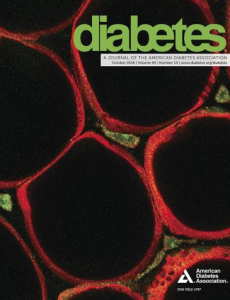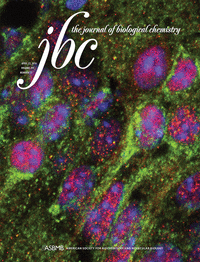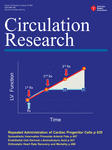 Researchers have corrected three studies published in the journal Diabetes after users flagged issues with the images on PubPeer.
Researchers have corrected three studies published in the journal Diabetes after users flagged issues with the images on PubPeer.
All three papers share a number of authors, including the same last and corresponding author, Aimin Xu, from The University of Hong Kong.
Since the corrections appear relatively extensive, we asked the journal if retractions were ever on the table. According to Chris Kohler, associate publisher, scholarly journals at American Diabetes Association, which publishes Diabetes, an ethical panel reviewed the papers before allowing the authors to issue the errata, all of which were published online this month: Continue reading Authors fix three Diabetes papers flagged for image issues
 A California court ruled that fitness empire CrossFit can proceed to trial with its lawsuit against a competitor, alleging it published falsified data that hurt the company’s reputation, according to recently released court documents.
A California court ruled that fitness empire CrossFit can proceed to trial with its lawsuit against a competitor, alleging it published falsified data that hurt the company’s reputation, according to recently released court documents.
 Are there instances when similarities between papers should be fixed by a correction, rather than a retraction?
Are there instances when similarities between papers should be fixed by a correction, rather than a retraction?




